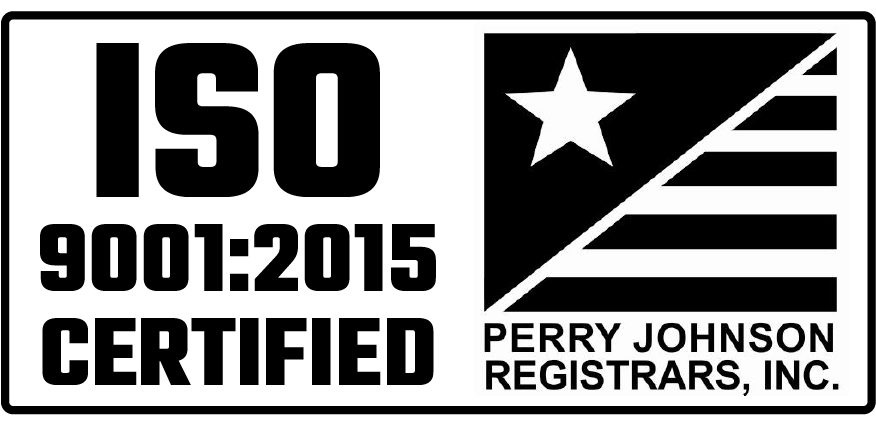The ability for manufacturers and designers to fully test how the electrical assemblies they’ve designed will perform is critical in determining a product’s reliability and ensuring its success. A design created using a CAD system will often appear to work “on paper,” but require modifications once the actual assembly is constructed.
Using tried and tested commercial off-the-shelf (COTS) parts can help ensure reliability and speed up the manufacturing process, but many manufacturers producing highly specialized products require highly specialized assemblies.
Rapid prototyping technology can quickly and accurately help engineers pinpoint potential issues with wire harnesses, power distribution systems and operator interface assemblies before a product gets to the production floor. Read on to learn about rapid prototyping and how it’s improving the modern manufacturing process.
What is Rapid Prototyping?
As its name suggests, rapid prototyping is a quick method for fabricating a physical model of a part or assembly based on a CAD drawing. Where prototypes constructed manually may have once taken days or weeks, rapid prototyping can happen in a fraction of the time — often only hours — using 3D printing technology.
The speed at which a sample assembly can be produced allows for faster testing and the ability to iteratively make adjustments until the measurements, routing, placement and other factors can be precisely determined. Manufacturers often will make some surprising discoveries during the prototype phase, including:
1. Virtual Designs Flaws
Sometimes the virtual routing of a wire harness isn’t practical once the physical installation of a wire harness and enclosure on a machine occurs. There are often issues with incorrect lengths, fit-up gaps, breakout locations, routing and mounting provisions. Issues can be revised and remedied quickly through rapid prototyping, ensuring the electrical system functions properly. Use of a removable split loom or convoluted tubing can provide wire management and protection to a harnesses, and allow for access to the circuits to troubleshoot and make modifications during the design validation phase. Once in production, more robust wire protection can be used. The data derived from rapid prototyping also can be shared with design engineers to help establish industry best practices and improve future designs.
2. Improper Components
Manufacturers sometimes don’t have specialized electrical engineers, yet rely on their designers to design assemblies. It often results in elementary schematics or error-prone “rough draft” assembly prints. The most common problem is the selection of incorrect wire seals, terminals, wire sizes, circuit load ratings and cavity plugs. In some instances, a manufacturer will provide only the connectors and components that must be included in a system. After that, they will allow the assembly supplier to determine the remaining parts needed to complete the assembly and meet the manufacturer requirements, ensure adequate sealing and even confirm environmental protection requirements. Rapid prototyping helps engineers determine how best to merge these various design elements and determine proper components.
3. Discrepancies
Rapid prototyping can help discover a potential disconnect between the system elementary schematic (the baseline for the electrical design) and the assembly prints for the wire harness or electrical enclosures that were generated. Understanding the application and the system design helps provide insight into discrepancies between these two documents.
4. Design Improvement Opportunities
During the prototype phase, ideas can be generated for design for manufacturability, routing and component selection. When prototyping for system validation, the design is often for proof of concept and, while it may function in its given form, there may be ways to improve it beyond initial expectations. Engineers may be able to provide ideas on how to reduce labor, alter component selection, reconfigure wire routing and even improve aesthetics.
5. Cost Savings
Working with an electrical assembly manufacturer that offers rapid prototyping can do more than just avert design flaws; it can significantly reduce the potential for production schedule delays and the associated costs. Additionally, the result of getting to market faster can put your organization at the forefront of innovation and help it gain a competitive edge. Additional savings can be realized when you choose a supplier that provides insight into the entire electrical system rather than just one or two parts of a bigger system. That way, they are able to provide higher level recommendations for potential kitting when the assembly gets into production. The combination of multiple sub-assemblies or multiple items under a kitted part number reduces supply chain and material handling efforts and other costs associated with handling multiple part numbers versus just one.
Unfortunately, a number of questions and issues associated with electrical assemblies aren’t discovered until the product is physically being built. Rapid prototyping can minimize the risk of having to pull production and wasting time and money. Having a direct line to the electrical assembly manufacturer’s engineers and their technical resources can allow for real-time modifications and address technical issues. To experience this type of collaborative partnership, reach out to us here at MCL. We’ll help make your next project a success with the help of our cutting-edge technology and industry experts.





